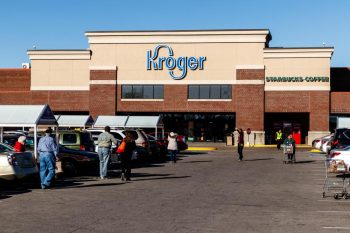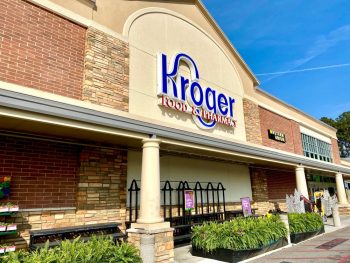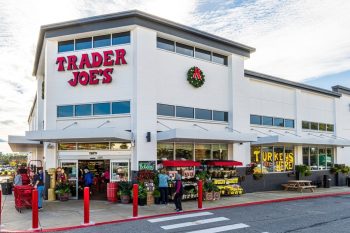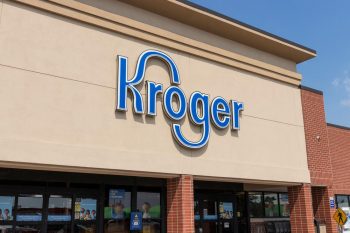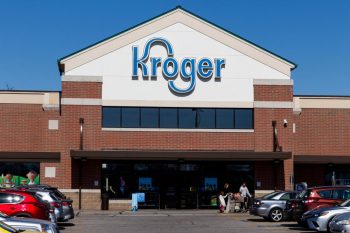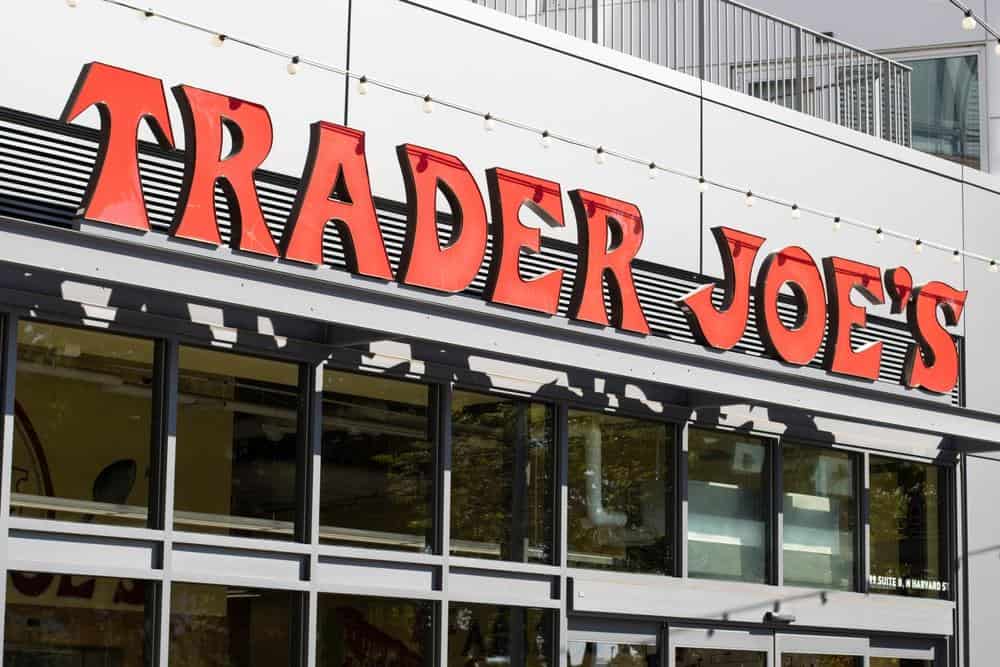
Organic food has seen a surge in popularity in recent years, with many consumers turning to these products for their perceived health benefits and ethical considerations. One of the many organic products on the market today is organic chicken. This article aims to answer the question: Where does Trader Joe’s organic chicken come from?
Trader Joe’s organic chicken primarily comes from family farms in the United States that adhere to strict USDA guidelines for organic production. These chickens are free-range and fed on a 100% vegetarian diet. However, Trader Joe’s does not disclose the specific farms or third-party suppliers that provide their organic chicken.
Origin of Trader Joe’s Organic Chicken
Trader Joe’s organic chicken primarily hails from family farms in the United States. These farms raise chickens under strict USDA guidelines for organic production. The chickens are free-range and are fed on 100% vegetarian feed. However, Trader Joe’s does not reveal the specific farms or the third-party supplier that provides their organic chicken. While the company assures that their organic free-range chicken is sourced from humanely and ethically raised chickens on U.S. farms, they do not provide more specific information about the farms or their locations.
Certified Organic: What Does It Mean?
Trader Joe’s organic chicken products are certified, meaning they adhere to the standards set by the National Organic Program (NOP). The chickens are fed a certified organic diet of corn and organic soybean meal, and they are never given antibiotics or growth hormones. However, it is important to note that Trader Joe’s does not reveal the specific poultry farms that supply their chicken. They also do not provide detailed information about their suppliers or third-party certification companies. This lack of transparency can make it difficult for consumers to verify the exact conditions under which the chickens are raised. Nonetheless, the organic label on their chicken products indicates that they meet the USDA’s organic regulations.
Farming Practices
While the exact farming practices for the farms supplying organic chicken to Trader Joe’s are not publicly available, organic poultry production generally follows certain guidelines. These guidelines typically include:
- No use of antibiotics, growth hormones, or genetically modified organisms (GMOs) in feed
- Access to the outdoors and natural light for the chickens
- Providing a more natural and diverse diet, including organic feed
- Ensuring a lower stocking density to reduce stress and promote natural behaviors
It is recommended that consumers who are concerned about the farming practices of the organic chicken they purchase from Trader Joe’s contact the store directly to inquire about their sourcing and encourage transparency in their supply chain.
From Farm to Store: The Journey of Trader Joe’s Organic Chicken
After the chickens are raised and processed, they are packaged and labeled according to Trader Joe’s specifications. The packaged chicken products are then distributed to Trader Joe’s stores across the country. It is important to note that Trader Joe’s sources its poultry from multiple plants, with some specializing in ground turkey, chicken parts, organic poultry, or other specialized labeling like “heirloom” or “pasture-raised”. This means that the quality and sourcing of the chicken products can vary even within the same store.
Taste and Quality Comparison
In comparison to other organic chickens in the market, Trader Joe’s organic chicken has received mixed reviews. Some customers have reported issues with the taste and texture of Trader Joe’s chicken products. Additionally, there is a lack of transparency regarding the specific farms that supply Trader Joe’s chicken.
Conclusion
While Trader Joe’s organic chicken is raised under USDA guidelines, the quality and taste of their chicken products have received mixed reviews, and there is a lack of transparency regarding their suppliers. It may be worth exploring other organic chicken brands with higher ratings and better transparency to ensure you are getting the best quality and taste.
We hope this article has shed some light on the origin and production of Trader Joe’s organic chicken. If you have any more questions or need further information, please feel free to reach out to us.
Frequently Asked Questions
What does “free-range” mean in relation to chickens?
Free-range means that the chickens are given access to the outdoors for a significant part of their lives. They are not confined in an enclosed space all the time, which is the case in many conventional poultry farms.
Does Trader Joe’s carry other types of organic meat?
Yes, Trader Joe’s carries a variety of organic meats, including beef, pork, and turkey, in addition to their organic chicken.
What does the National Organic Program (NOP) do?
The National Organic Program (NOP) is a regulatory program housed within the USDA Agricultural Marketing Service. It is responsible for developing national standards for organically-produced agricultural products.
How can I verify if a product is truly organic?
Organic products should have a USDA Organic seal. This seal indicates that the item has been produced following the strict regulations of the NOP. However, it’s important to note that not all organic products will carry this seal, especially if they are produced outside the U.S.
Why might some customers report issues with the taste and texture of Trader Joe’s chicken products?
The taste and texture of chicken can be affected by many factors, including the chicken’s diet, how it was raised, how it was processed, and how it was cooked. Differences in taste and texture between different brands or types of chicken are to be expected.

